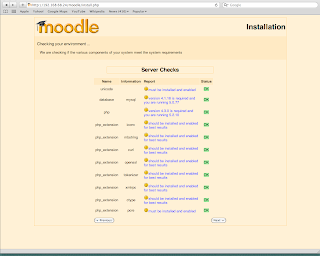#yum install mod_dav_svn subversion httpd
#service httpd start
Go to subversion.conf in /etc/httpd/conf.d/. Edit as below
cd /etc/httpd/conf.d/
vi subversion.conf
This is a configuration with username and password
for the client
#htpasswd -cm /etc/svn-auth-conf rajat --- This command is not needed for the first configuration.
To create the first user with password
#htpasswd -m /etc/svn-auth-conf --- use this command to add another user
Configure your repository
#mkdir /var/www/svn --- create folder svn
#cd /var/www/svn --- change diectory to the newly created svn directory
#svnadmin create repos --- create svn repository named repos
#chown apache.apache -R repos --- change ownership of 'repos' to apache
#/etc/init.d/httpd restart --- restart apache
Open you browser and type 'http://localhost/svn/repos'.































